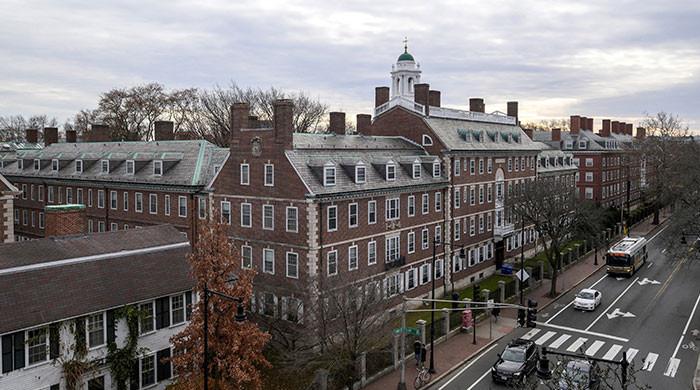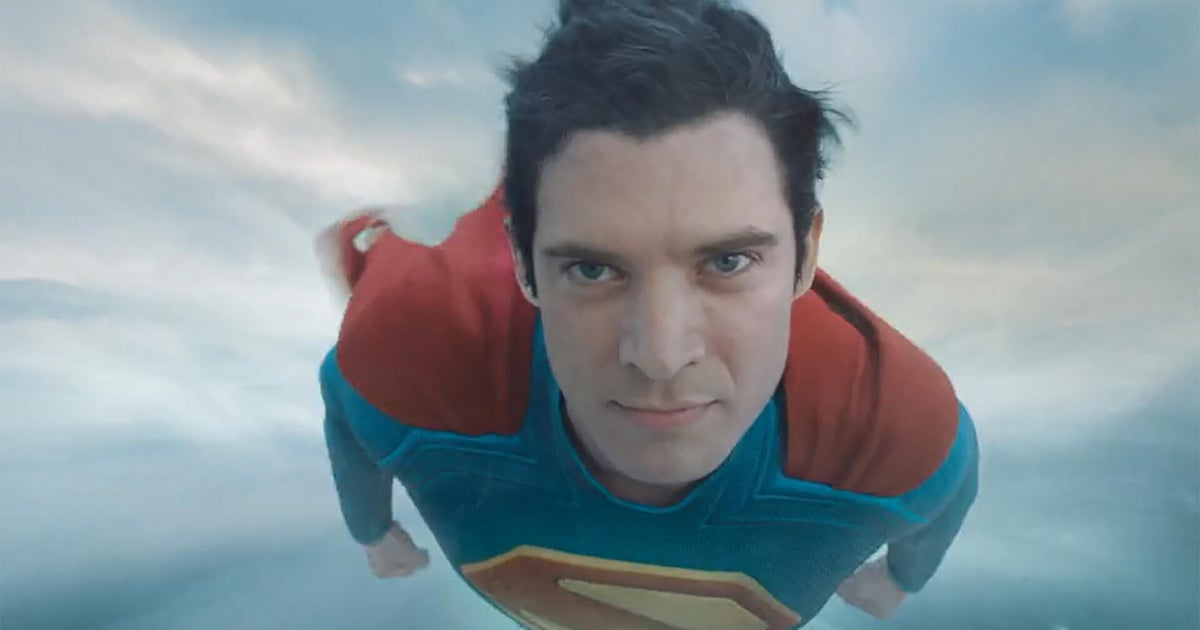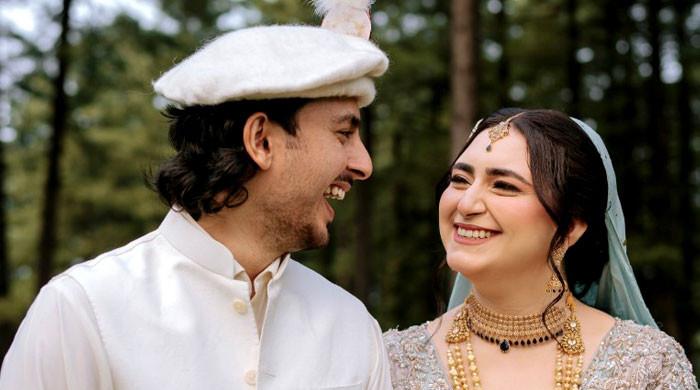“Satellite,” the 24-foot-tall sculpture that anchored Leigh’s show for the U.S. Pavilion, is now standing tall outside the Hirshhorn Museum and Sculpture Garden. Works from her Venice presentation, which traveled first to Boston’s Institute of Contemporary Art earlier this year, are on view at the Hirshhorn through March 3, along with three new bronzes: “Bisi,” “Herm” and “One Foot.”
Leigh’s turn representing the United States in Venice has rocketed her to international stardom. Counting this latest show, no fewer than five museums in D.C. alone have shown her works this year, including the Smithsonian Museum of American Art, Glenstone, the Phillips Collection and the National Gallery of Art, where another severe bronze holds pride of place in the East Building atrium: “Sentinel” (2022). In advance of her show at the Hirshhorn, Leigh spoke about her studio process, newfound fame and a summer she spent living in D.C.
(This interview has been edited for length and clarity.)
Q: Since your presentation at the Venice Biennale, it seems that every museum in the country has rushed to display or acquire your work. How does that feel?
A: It’s exciting. It’s also overwhelming. I’ve lived outside this kind of glare for most of my life. I didn’t expect to ever have my work be quite this visible. I’m overwhelmed by it right now, to tell you the truth.
Q: Can you describe some of the changes that you’ve experienced?
A: It felt important that my work is included in the East Building of the National Gallery of Art. I don’t think that gallery has had a lot of change, so it was very meaningful for me to have my work placed in that particular spot. For me, it was a great achievement. On the other hand, Saisha Grayson, the curator who curated my work into the video show that’s up at the Smithsonian American Art Museum right now, has been following my work and supporting my work for many, many years. So the other thing that’s happening is the fruition of very long-term relationships that I’ve had with curators over decades. The third thing is having this presentation at the Hirshhorn, which is another real achievement for me. I’m excited because it will be the second iteration of the show, and I have tried to make presentations that are specific to each installation. I’m excited the Hirshhorn will present three new bronzes.
Q: Tell me about “Satellite.” What’s the origin for this piece?
A: “Satellite” is the kind of subject matter I’ve been interested in for a long time. I like to think about the body and how it can be an apparatus for ancestor worship. There’s a giving and receiving with the body. I’m always riffing on different kinds of African art, sculpture and material culture. In this case specifically, I was thinking about the D’mba mask. The wooden apparatus used for the mask has become popular sculpture to collect in the West. It was included in the Peggy Guggenheim collection in Venice. “Satellite” is another part of the conversation about African art in an American Pavilion context.
Q: The U.S. Pavilion in Venice is a neoclassical building that resembles Thomas Jefferson’s Monticello. For a piece called “Facade,” you obscured the pavilion by covering it with a thatched roof and wooden beams. What does that building mean to you?
A: I was very aware of the building being Monticello-like and referencing that style of architecture and all the content that comes with that. Monticello was built by slaves. It wasn’t that much of a shift to imagine another kind of building that has more early African forms. There’s not as big a gap between the facade I created over the pavilion and the pavilion itself, if you think about how things are made and how value is created.
Q: Your work pairs bronze and stone with materials historically associated with craft and women’s work: ceramics, porcelain, terra cotta, raffia. Is there still an unfair negative connotation associated with these materials?
A: That has definitely been a through line in the work, making labor more visible. Which is part of my obsession with terra cotta pots. Their value is so tied to the value of women, which is how I started my career in art, just thinking about that. People’s attitudes toward ceramic materials in art have changed over the last 20 years really dramatically. I had an artwork rejected from a show that I applied for in maybe 2001. I was told by the curator that she would not show my work because it was ceramic. When I came to New York and started to work in art, a lot of artists were more interested in detritus, and more interested in getting rid of objects, and making more ephemeral art or art that could not be collected. And so I had to wait a long time before people could understand what I was doing. There was a sense that I was out of step with everyone else.
Q: You make full-size clay versions for your monumental bronze sculptures before you cast them. That’s an unusual approach in sculpture. Can you talk about your process?
A: What I’ve learned is that if you take a smaller object and use 3D modeling to blow it up, it becomes something different than what you intended. The only way to really realize the object — to be viewed by the viewer in the way that you would want it to be understood — is to make it to scale. If you’re looking down on something on a tabletop, it would appear completely differently than if you’re looking up at it when it’s something 24 feet tall. Also, it gives me the opportunity to improvise and change as I’m building. That’s a really important part of the process for me.
Q: You worked as an intern at the National Museum of African Art. What was that like?
A: I worked with the ceramics curator, and I xeroxed all of these books and pamphlets that described West African and Southern African ceramic building techniques. These are texts that were written mostly by anthropologists or missionaries. I knew a lot of these texts that I was reading were fraught, because of the conundrum of anthropology as a colonial science. In college, I was reading Edward Said and “Orientalism” and starting to learn a lot about post-coloniality, or what we were hoping would become a discourse around post-coloniality. Now we don’t say that anymore, since it’s not like colonialism has really stopped. The museum was relatively new. There were a lot of scholars of African art who didn’t necessarily have a home in the U.S. to gather and have discourse with other people, so it felt very intellectually rich and exciting. It was exciting to be in a library of African art forms. I felt like I got access to a lot of texts. That was wonderful at such a young age.
A: I think it was 1987, maybe ’88.
Q: Do you have strong memories of living in D.C. from that time?
A: I remember going to the Ethiopian restaurant Meskerem. I remember going to a lecture on West African hand-building at Howard University. I met with Nigerian artist Sokari Douglas Camp, and she gave me a lesson on hand-building at Howard there in the studio one time. I remember listening to the curators go back and forth about how they could get people excited about Dogon statuary, how to bring people into the building. It was amazing to hear those conversations.
Q: Has this level of success changed your studio practice at all?
A: I’ve been able to make more work. I worked with one assistant for most of my career. Then before exhibitions, we would hire more people to work with us. Now I have a studio with 12 employees. That’s as big as I can get. I don’t think I can get any bigger without losing some control of the work. It’s still something I’m watching all the time. I’m constantly tinkering to try to figure out what’s exactly the right-size studio. I’m in a great place right now. Especially because three of those people, three of the 12, are administrative support. So I’ve been able to hire people to do enough of the administration, the emails and paperwork, that I’m actually able to be more in the studio than I would have been five years ago. It’s a thing. I’ve reached my limit. I don’t want a studio that’s very big. I’m in a good position where I don’t feel pressured to make work at all. I’m very happy with my studio practice right now.
Hirshhorn Museum and Sculpture Garden, Independence Avenue and Seventh Street SW. hirshhorn.si.edu.







